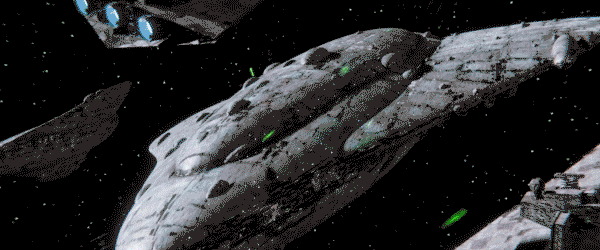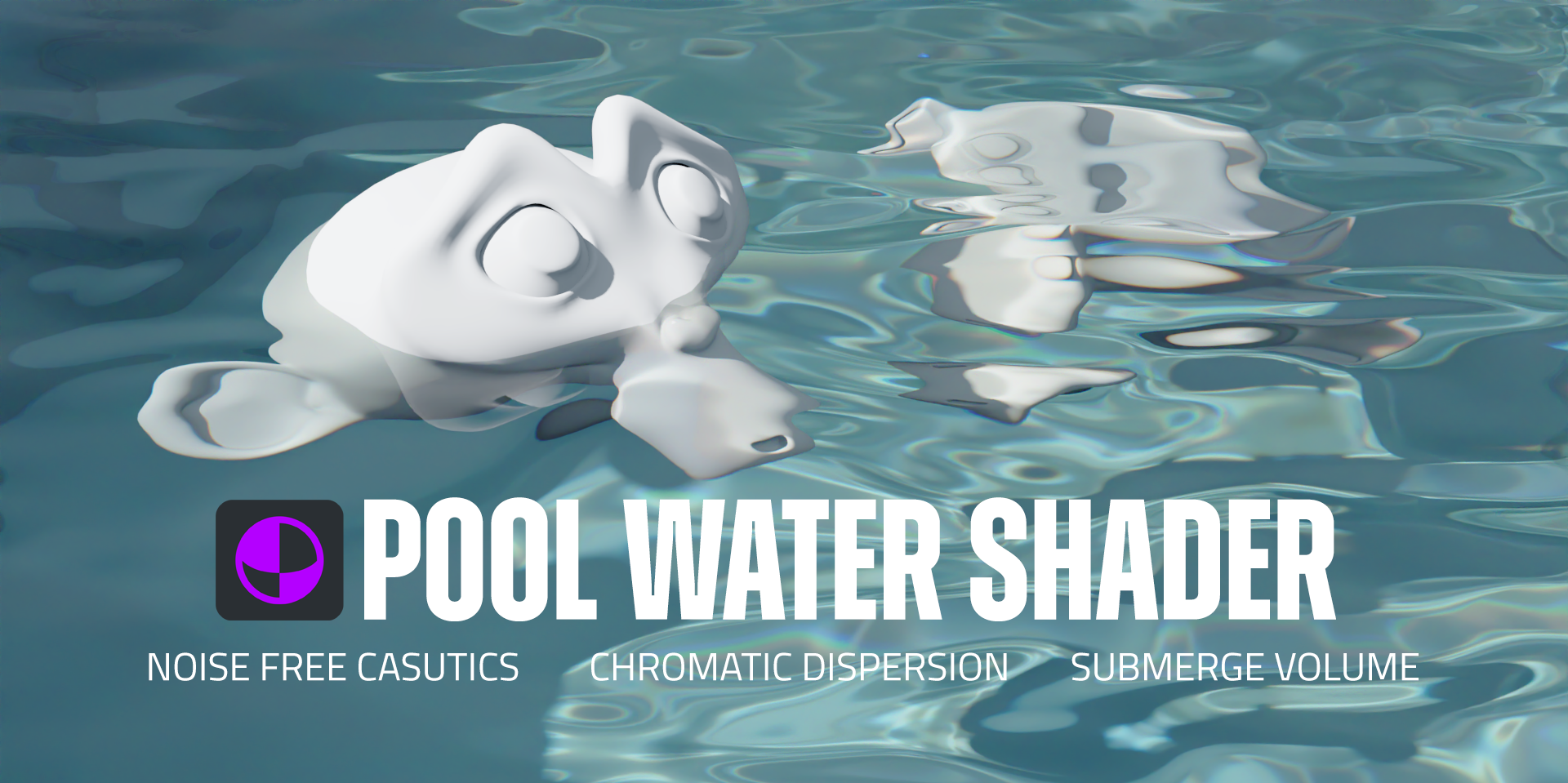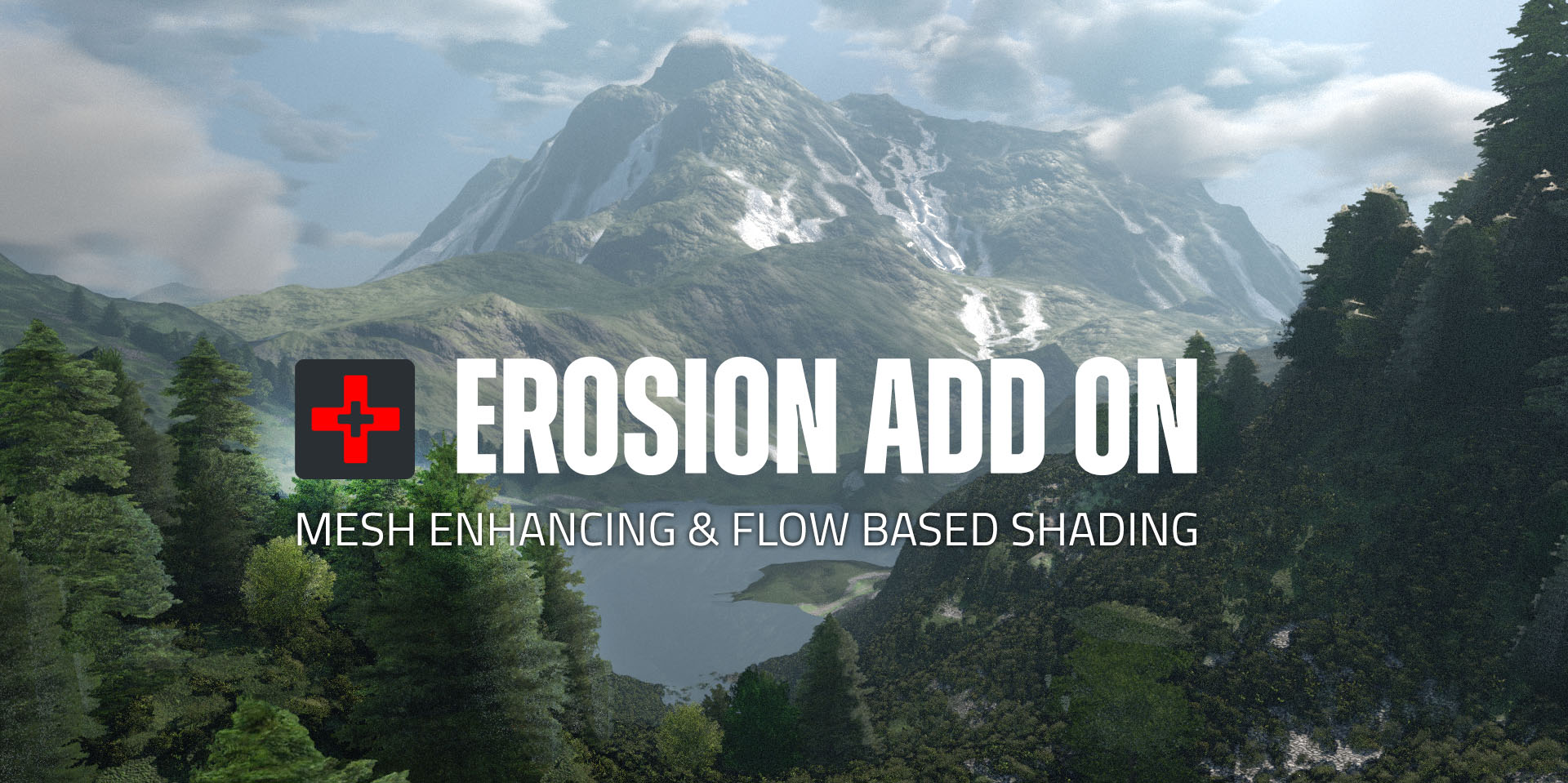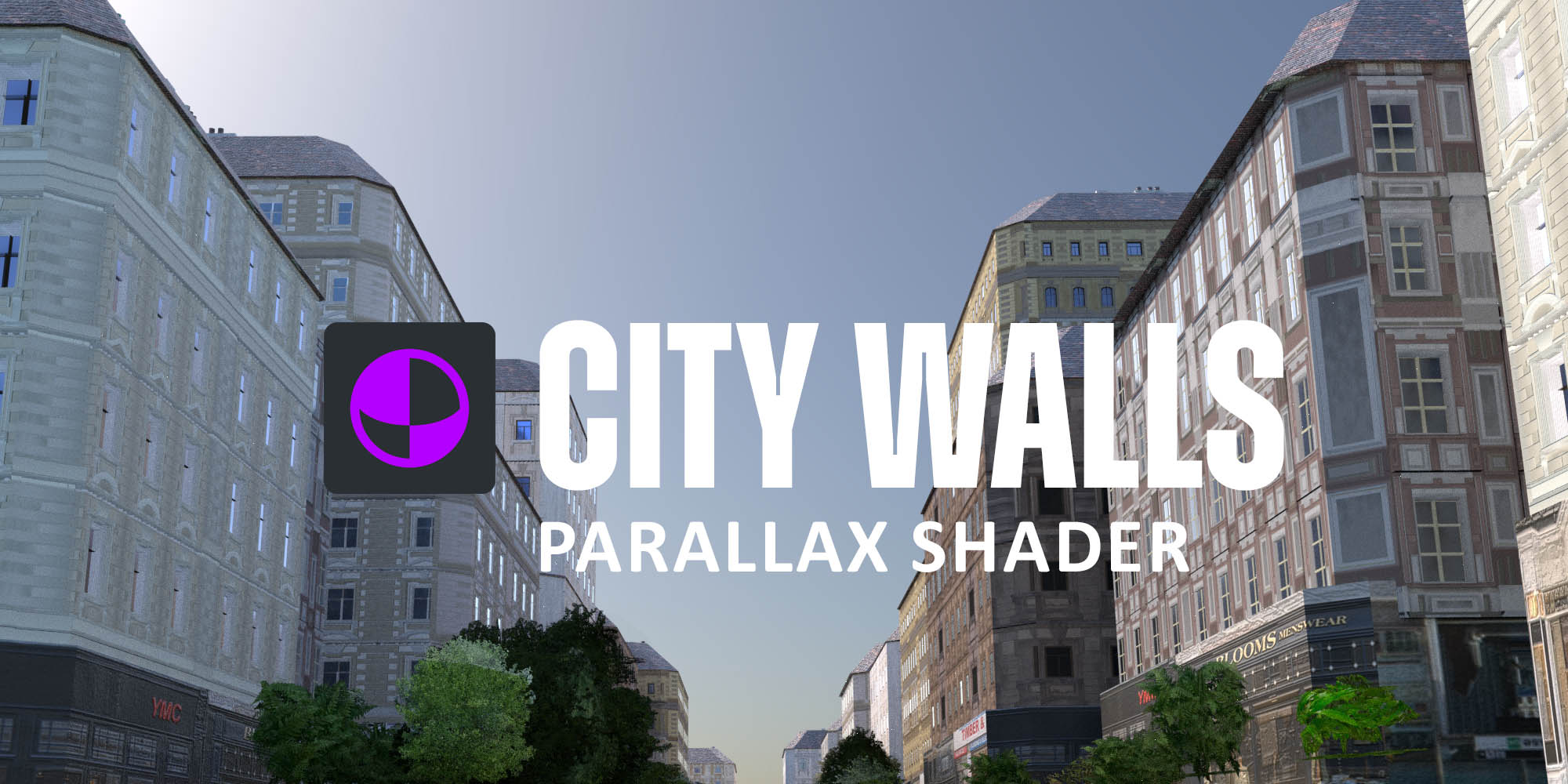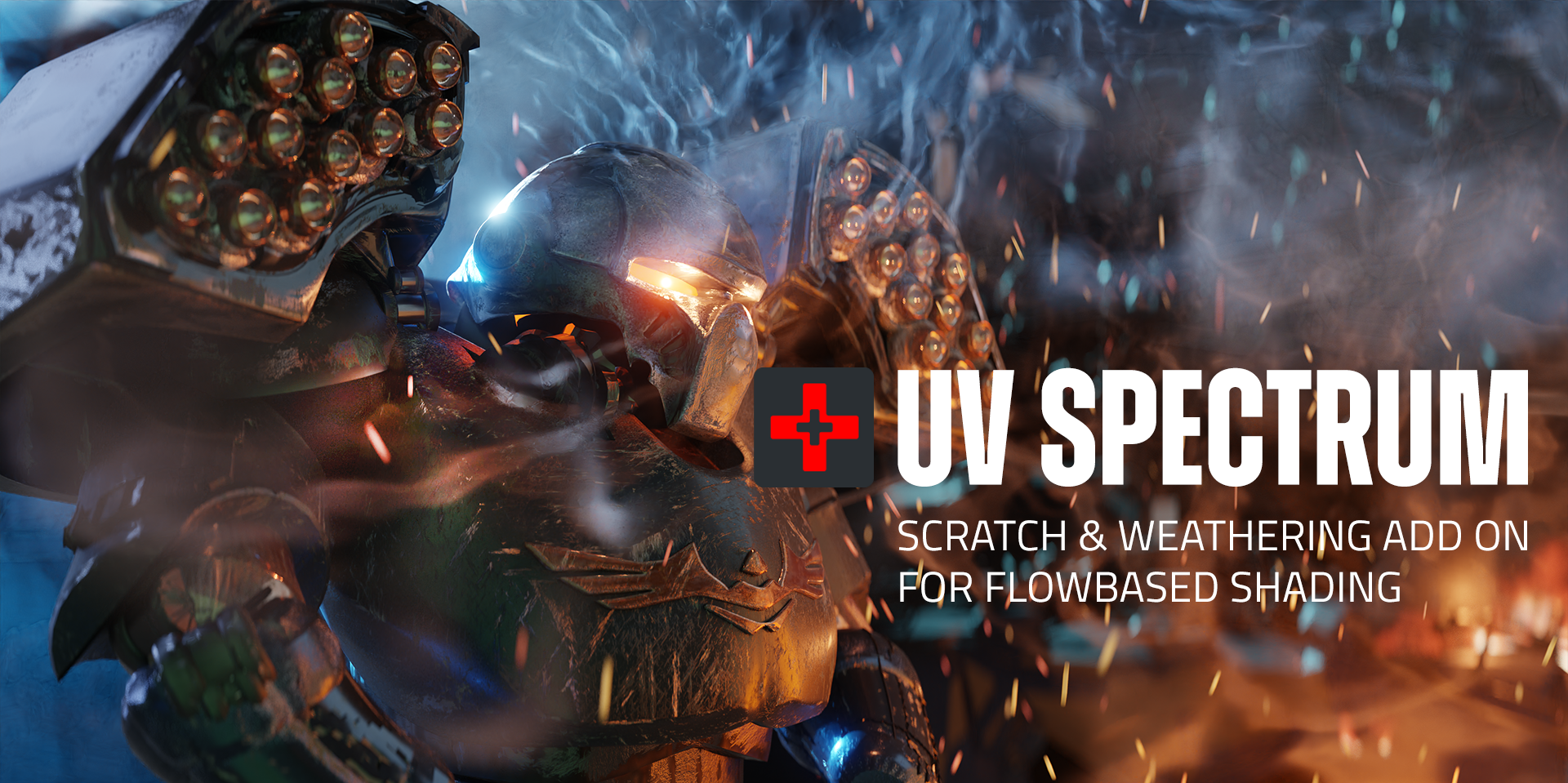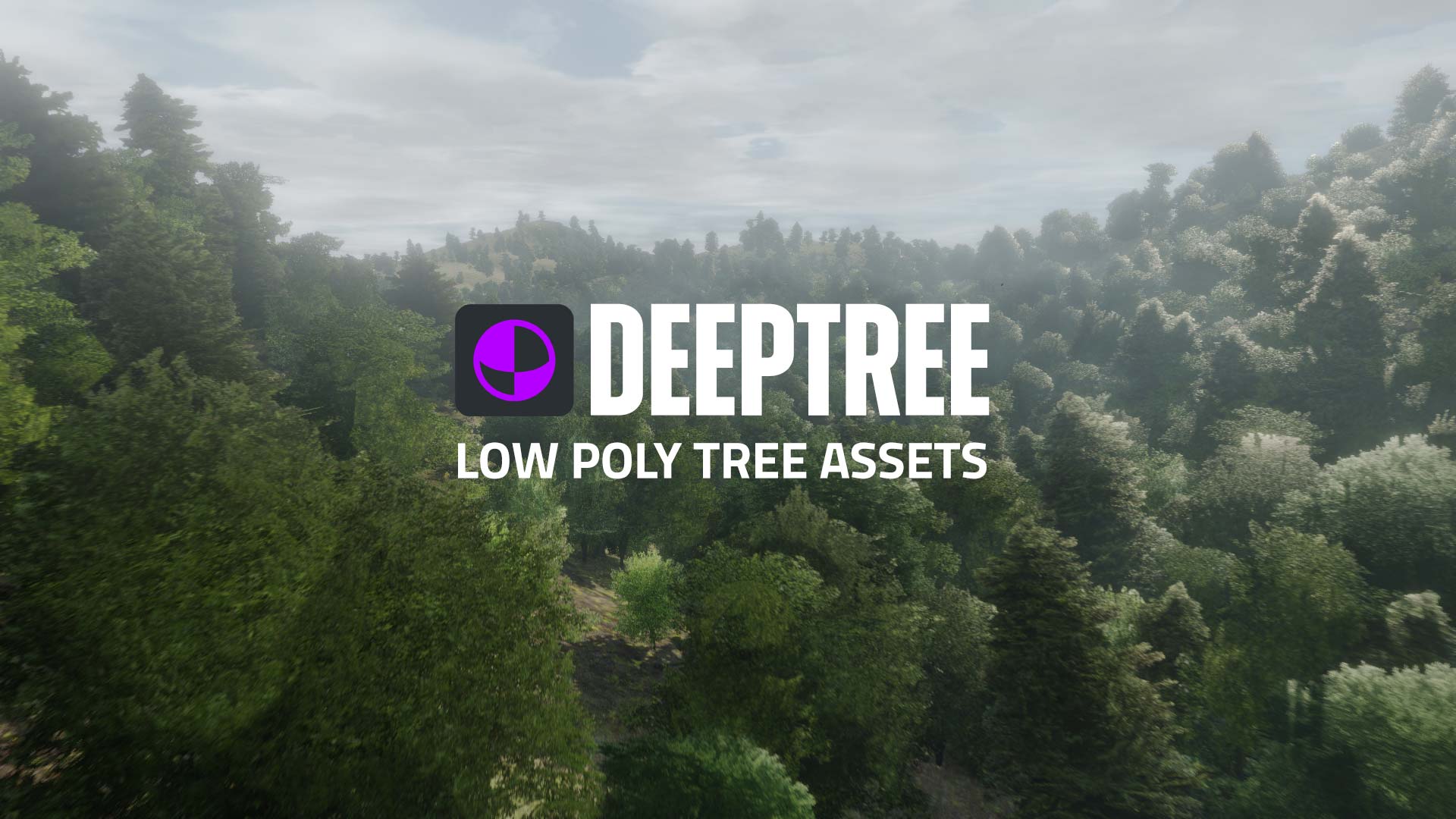Superdetail Scifi Shader

Superdetail scifi shader is a sophisticated procedural shader
that combines paneling and greeble in one clever
parallax occlusion mapped nodesetup.
It will adapt to your lowpoly mesh and add enourmous detail

Heavy math for parallax depth
The greeble texture is resembling mecahnical details of classic scifi ship designs.
Set its depth and selfshadowing to achieve enormous detail even on low poly meshes.
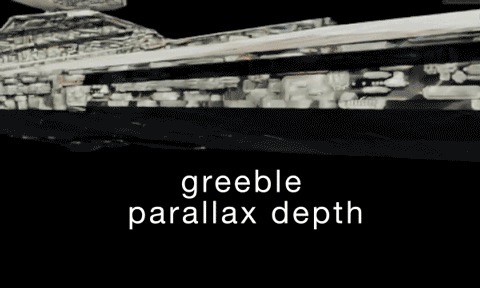
Complex layering for versatile realism
The greeble textures also have small windows, which are lit,
so that even in dark scenarios there is enough plasiticity to see the shape of your ship.
Panels cover the greeble according to mesh curvature and normals dynamically.
Adjust the masking with one slider to your pleasing.
As final touch the parallax depth generates selfshadowing,
so that even low poly meshes score with realistic detail-shading.
You can set the direction of this fake shadow, in order to match your sunlights direction.
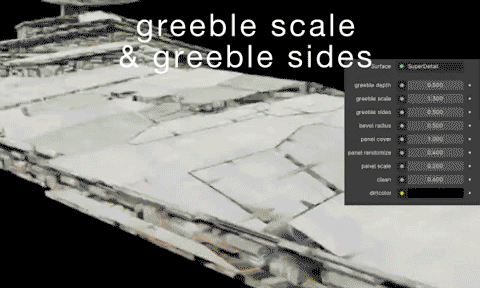
weathering and dirt
According to the textures and mesh data you can add dirt onto the surface,
leading to an even more realistic and used look.
The greeble texture is resembling mecahnical details of classic scifi ship designs.
Set its depth and selfshadowing to achieve enormous detail even on low poly meshes.

The greeble textures also have small windows, which are lit,
Adjust the masking with one slider to your pleasing.

weathering and dirt
leading to an even more realistic and used look.
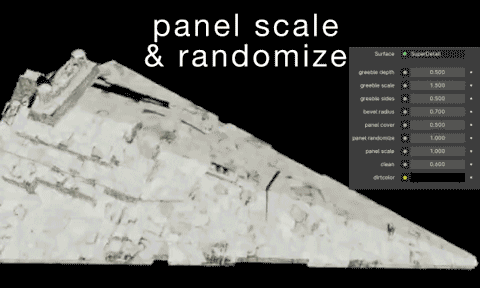
customize with your own textures
You can use your own greeble texture with their displacement and emission!
The according nodegroup is located right next to the shader in the node editor for quick access.

The according nodegroup is located right next to the shader in the node editor for quick access.

the animation was made with pyroshader pack 3
have a look at some other products including:
About the Creator:
I am 3D artist in the advertising & television industry for 27 years.
While working on projects and teaching animation at design college since 1998, i studied physics at the university of vienna.
That equipped me with a solid toolset of math to use in 3D workflows.
I started programming Blender addons and noding vector operations into shaders around 2012.
I love how Blender and Cycles offer a lot of opportunities to speed up rendering and fake depth into surfaces in many ways.





